Einleitung
In dieser Anleitung wird gezeigt, wie du die Displayeinheit austauschen kannst. Sie besteht aus Bildschirm und Touchscreen.
Das Displaypanel des Google Pixel XL ist nicht verstärkt und daher zerbrechlich. Außerdem ist es stark mit dem Rahmen verklebt, so dass Reparaturen schwierig sind. Es kann leicht passieren, dass das Display bricht, besonders wenn es schon Mikrorisse hat. Erwärme es ausreichend und sei beim Hochhebeln besonders vorsichtig.
Werkzeuge
Ersatzteile
-
-
Wenn sich der Rand warm anfühlt, dann setze einen Saugheber nahe an der Kante an.
-
Hebe den Saugheber hoch und setze ein Plektrum in den entstandenen Spalt ein.
-
Wenn es schwer geht, einen Spalt zu öffnen, dann erwärme den Rand nochmals und probiere es erneut.
-
-
-
Schneide mit dem Plektrum an der Oberkante entlang, um den Kleber aufzutrennen.
-
Lasse ein Plektrum in der Kante stecken, damit der Klebstoff sich nicht wieder verbinden kann.
-
-
-
Erwärme einen iOpener und lege ihn zwei Minuten lang auf den rechten Rand des Smartphones.
-
Setze ein Plektrum nahe an der Oberkante des Smartphones ein, dort wo du den Kleber vorher schon aufgetrennt hast.
-
Führe das Plektrum um die rechte Ecke herum.
-
Schneide den Kleber mit dem Plektrum behutsam an der rechten Kante nach unten auf.
-
Wiederhole das Ganze an der linken Kante des Smartphones.
-
-
-
Erwärme zwei Minuten lang den unteren Rand mit dem iOpener.
-
Setze ein Plektrum nahe an der rechten Kante, wo du schon den Kleber gelöst hast.
-
Führe das Plektrum behutsam um die Ecke herum.
-
Trenne mit dem Plektrum den Kleber entlang der Unterkante auf.
-
-
-
Wenn du um das ganze Smartphone herum aufgeschnitten hast, dann hebe die Displayeinheit vorsichtig an den rechten Ecken ein wenig hoch.
-
Schneide mit einem Plektrum durch alle restlichen Verklebungen.
-
-
-
Hebe die Displayeinheit am oberen Ende hoch und klappe sie herum, so dass sie mit der Rückseite nach oben auf dem Rahmen liegt.
-
-
-
Entferne die beiden 4 mm Torx T5 Schrauben, mit denen die Displaykabelhalterung befestigt ist.
-
Entferne die Displaykabelhalterung.
-
-
-
Heble mit der Spudgerspitze das Displaykabel hoch und löse es aus seinem Anschluss heraus.
-
Vergleiche dein Ersatzteil mit dem Originalteil. Du musst vielleicht fehlende Teile vom alten auf das neue Teil übertragen oder Schutzfolien vom Neuteil abziehen, bevor du es einbauen kannst.
Wenn sich dein Pixel nach dem Austausch des Displays nicht anschalten lässt, könnte es sein, dass das Gerät sich unbemerkt angeschaltet hat, während die Batterie wieder angeschlossen wurde. Halte den An/Aus-Knopf für mehrere Sekunden gedrückt bis eine Vibration zeigt, dass das Gerät sich abschaltet. Verbinde danach das Display erneut und versuche es noch einmal.
Um dein Gerät wieder zusammenzusetzen, folge den Schritten in umgekehrter Reihenfolge.
Entsorge deinen Elektromüll fachgerecht.
Die Reparatur hat nicht den gewünschten Erfolg gebracht? Unsere Community kann dir weiterhelfen.
11 Kommentare
I just connected the screen to the phone, but the screen doesn’t start. Do I have to restart in a special way the phone to make it works? All possible button combinations to restart the phone doesn’t work
The iFixIt iOpener tool is a complete waste of money. It didn’t loosen up the glue at all. I am requesting a refund on Amazon.com
Hi Drew, sorry to hear that your iOpener didn’t work too well in your repairs. We like to think it’s a pretty valuable and inexpensive tool, but it does have its quirks — namely, not everyone’s microwave is specced to operate at the same temperatures, so not everyone will achieve the most optimal temperature during that heating process.
For what it’s worth, we do put a Lifetime Warranty on the iOpener tools, so our Support team would be happy to replace that one for you, if you’d like. If so, please reach out to them by using the Contact link on the help page: http://help.ifixit.com. Otherwise, you are welcome to request a refund via Amazon and we will oblige.
We wish you all the best in your future repairs.
I am sure the iOpener does work, but it probably takes a long time to heat the adhesive enough for screen removal and would require several applications. I got one as part of my screen replacement kit, although I have a heat gun so I didn’t end up using it. That being said my screen took at least four minutes of heating, with some re-heating to remove the broken shards. I would also imagine that adhesives vary from manufacturer, since this is my first screen replacement all I know is that the adhesive on the Pixel XL is really strong!
Dan E -
Don’t forget to transfer the speaker cloth to the new screen. I got it all back together before realizing that there was just an ugly hole.
Thanks! I probably would have missed it. Since I changed the screen color from white to black I colored the screen black with a permanent Sharpie, worked perfectly.
Dan E -
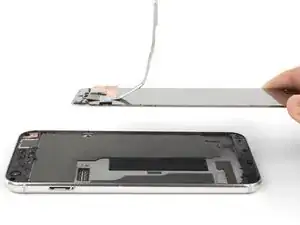
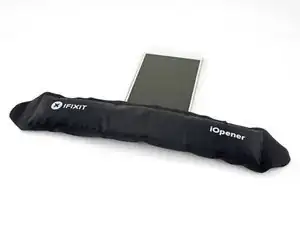
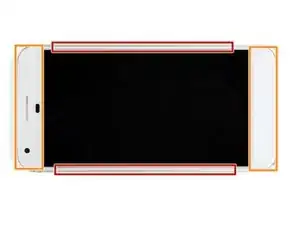
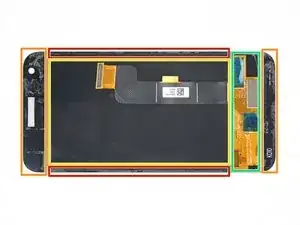
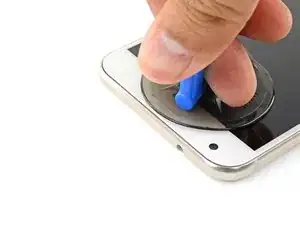
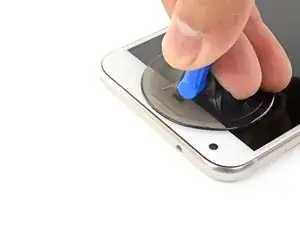
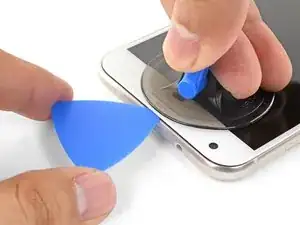
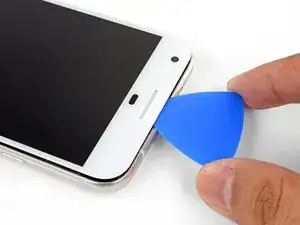
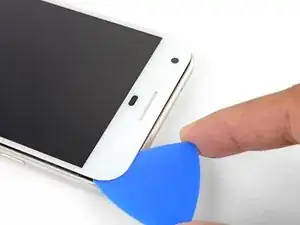
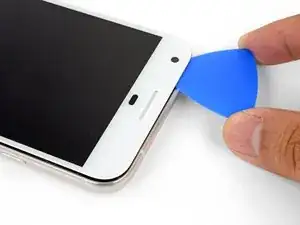
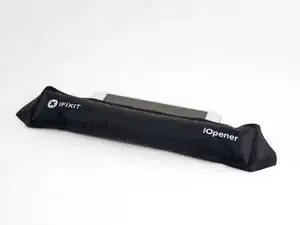
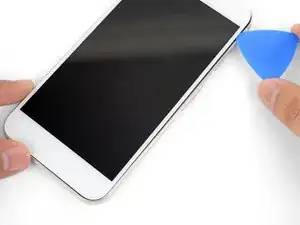
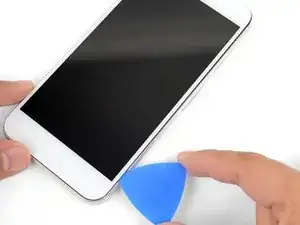
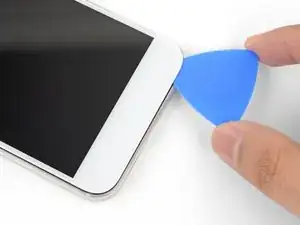
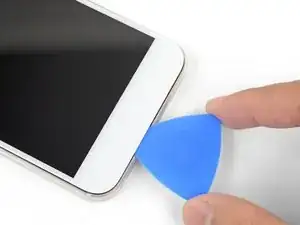
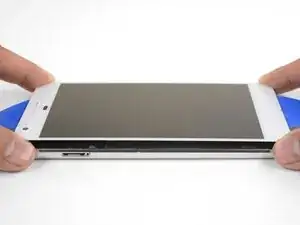
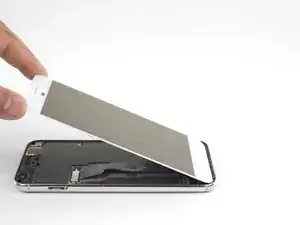
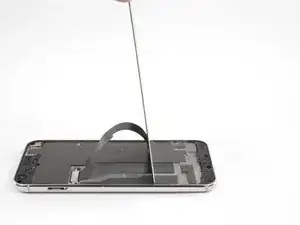
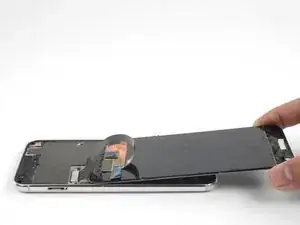

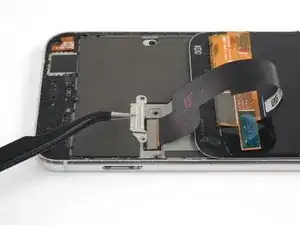
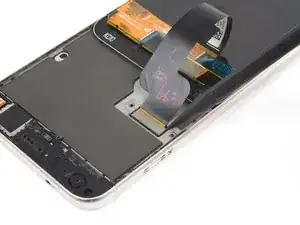
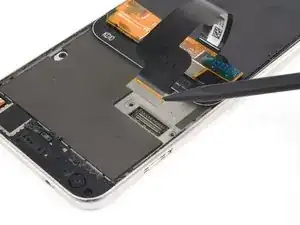
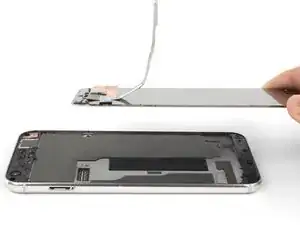
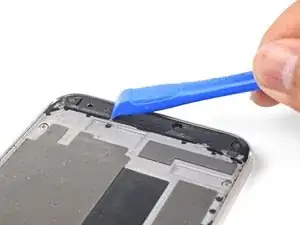
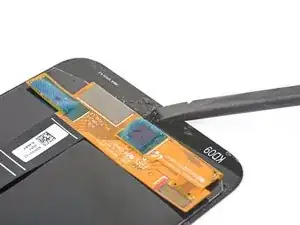

From my experince, it’s better to use a heat gun (if iFixit sold a good heat gun in volume, they should spruik that). Also, heat ALL sides at the same time BUT concentrate on the top part of the phone where the foam adhesive tape is thickest, second on the bottom where the foam is almost as thick. It also helps to use the 2nd & 3rd images in the series to visualise where the adhesive is.
Jon T. -
Ty for the advice I prefer heat gun but my first pixel
Michael Koch -